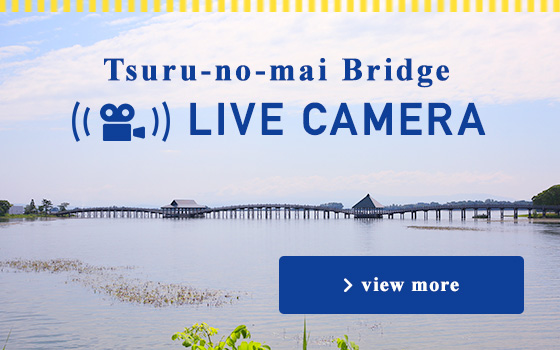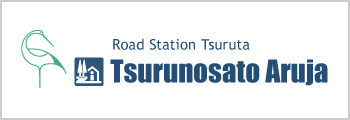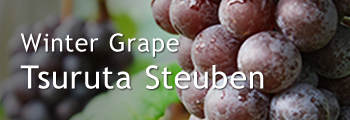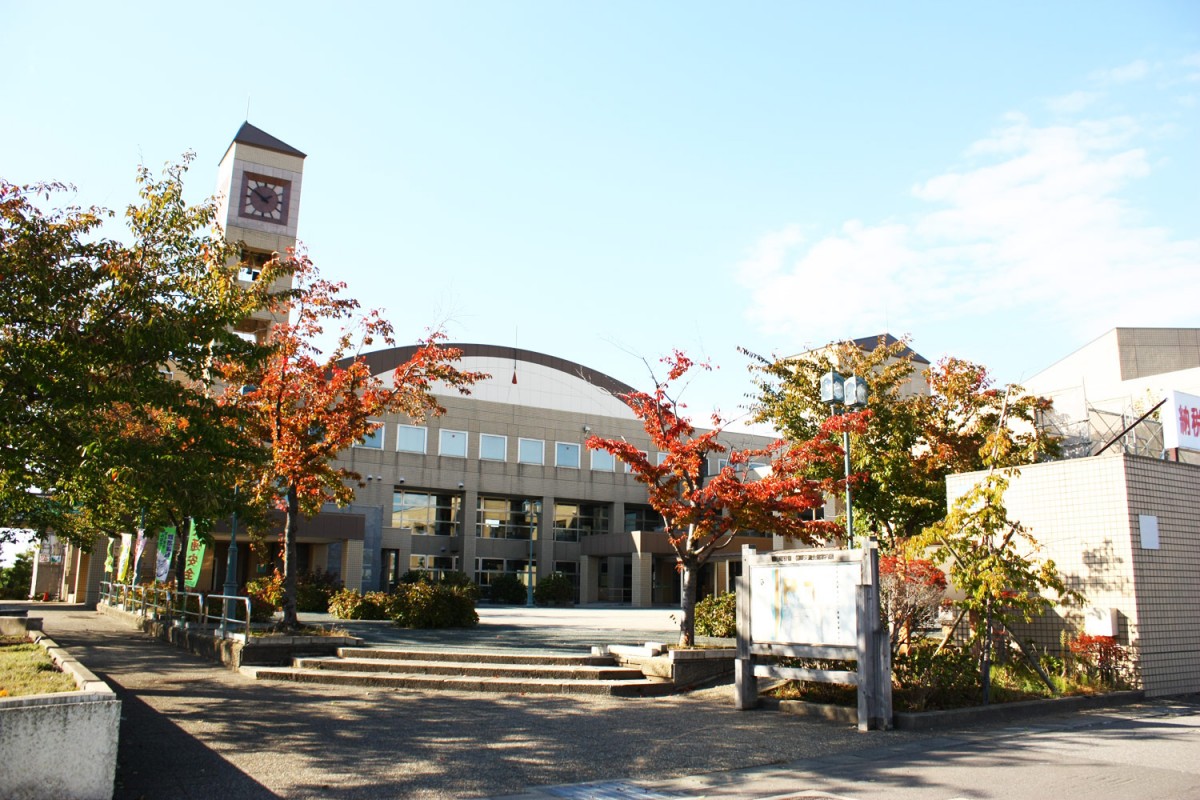
History
Majority of Tsuruta was created in accordance with the development project of the Tsugaru Clan. Tsuruta town began to appear in early literature written between 1596 and 1614. Hyogonosuke Saito and Yajiro Kimura, who engaged in developing Kurumidate village, are mentioned in Aomori Prefecture literature.
During the period of the 3rd Tsugaru feudal lord Nobuyoshi, development of land was actively conducted. In 1640, Serazawa village, Tsuruta village, Nogi village, Kizutsu village and Oki village areas were developed. Villages that were developed between 1592 and 1645 are Kurumidate (62 koku 5 sho), Serazawa (134 koku 48 sho), Kidutsu (44 koku 80 sho), Nakano (23 koku 80 sho), Shobukawa (260 koku) and Tsuruta (132 koku) per Tsugaru Chigyodaka no Cho, the old literature of Tsugaru which was written in 1645. (Koku and Sho are units of volume expressed in a quantity of rice. 100 sho makes 1 koku. 1 Koku is equivalent to approximately 180 liters, 47.5 gallons.)

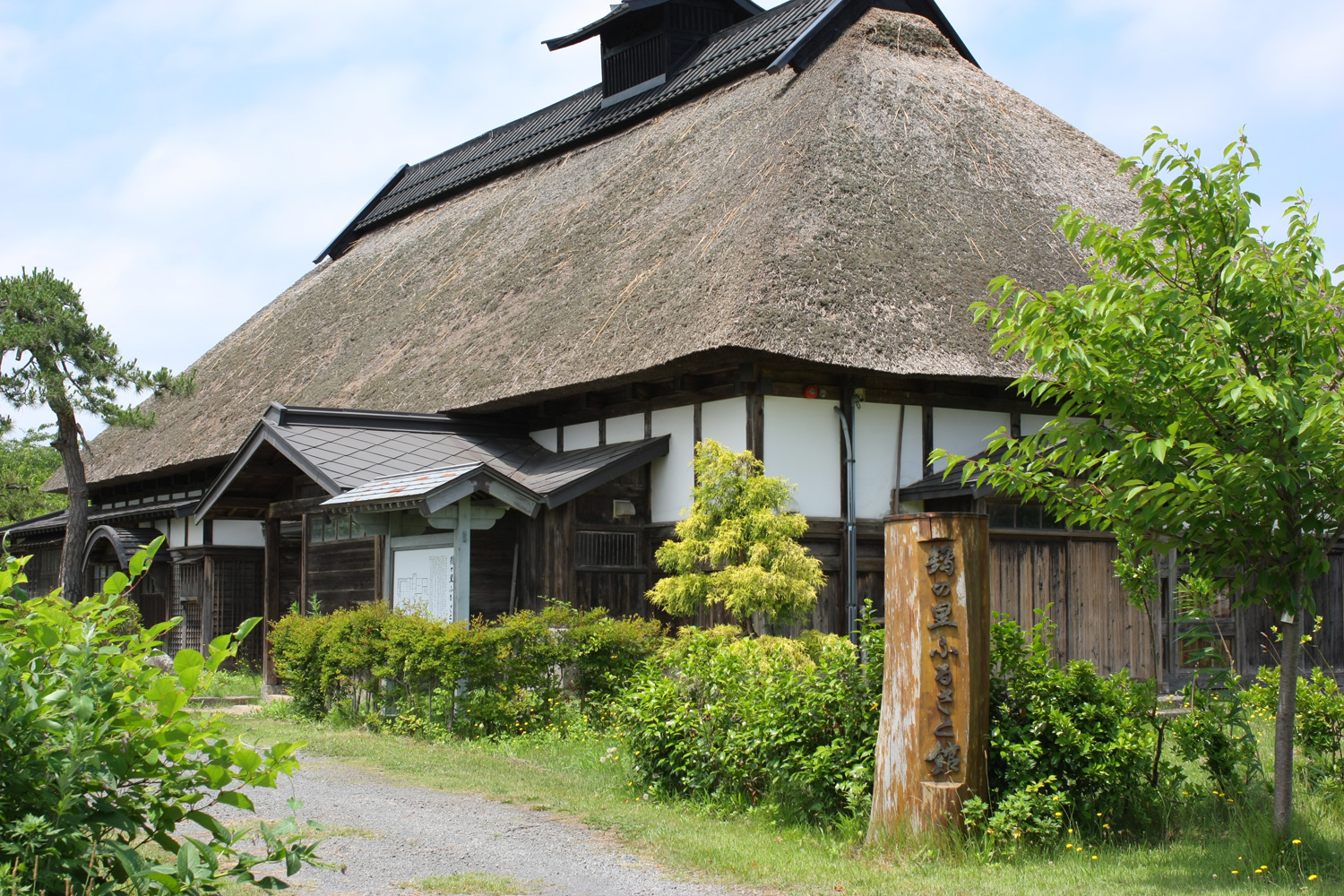
Some old pottery pieces have been excavated at former Mizumoto village. According to Mizumoto village literature, a number of old pottery pieces have been excavated at the borrow pit site for improvement of Mawarizeki Otameike in Shimizumori. These pottery pieces are of early to late Jomon style*. A lot of pottery pieces have been excavated in the area called Nogiyama. Other pottery fragments such as Hajiki and Sueki have also been excavated in the same area. Evidence of early civilization confirms that people lived in this area since Jomon period (14,000 – 300BC).
Municipal system was established in October 1888 which merged 23 small villages into 4 villages. Those 4 villages are Tsuruta, Mizumoto, Umezawa and Rokugo. Tsuruta village was changed to a town status in October 1941.
Geography
Tsuruta is located in the heart of Tsugaru Plain. Tsuruta faces Goshogawara City and Kashiwa Village in the northwest, to the west is Tsugaru City, and to the south is Hirosaki City and Itayanagi Town.
The town extends from east to west. Mt. Iwaki is located to the west of the town. Iwaki River flows through the center of Tsuruta. More rice paddy fields are found in Tsuruta, Rokugo and Umezawa area.
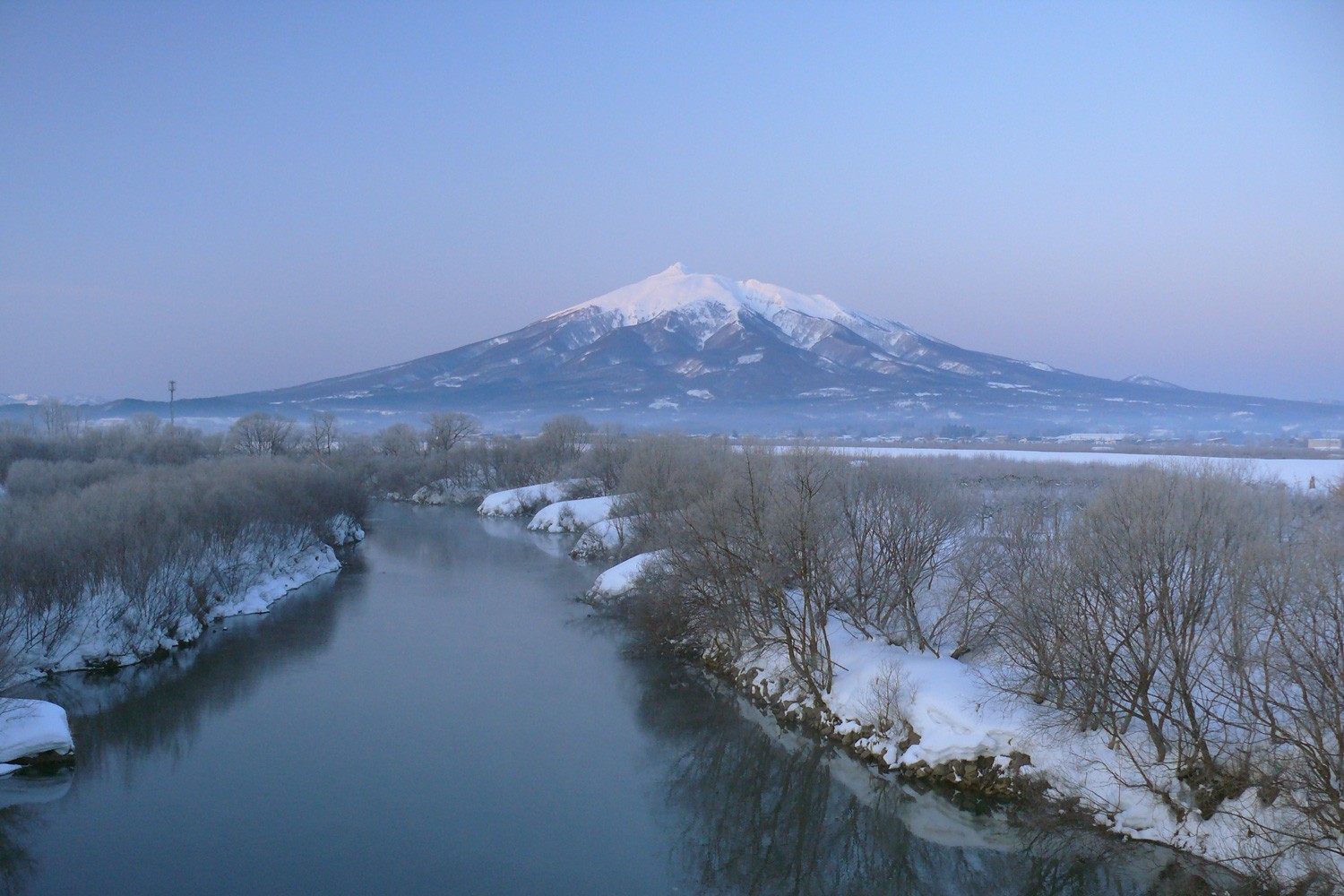
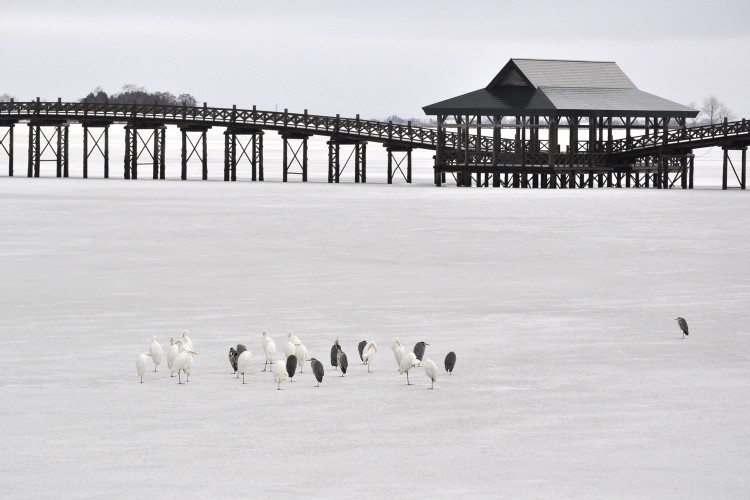
Summary

| Population (July 2025) | Total: 11,305 Male: 5,279 Female: 6,026 5,307 households |
|---|---|
| Area | 46.43 km2 (17.93 sq mile) |
| Town Tree | Japanese Black Pine |
| Town Flower | Apple |
| Town Bird | Red-crowned crane |
| Town Slogan | Tsuru to Kokusai Koryu no Sato (Town of Red-crowned crane and International cultural exchange) |
The Charter of the Tsuruta town
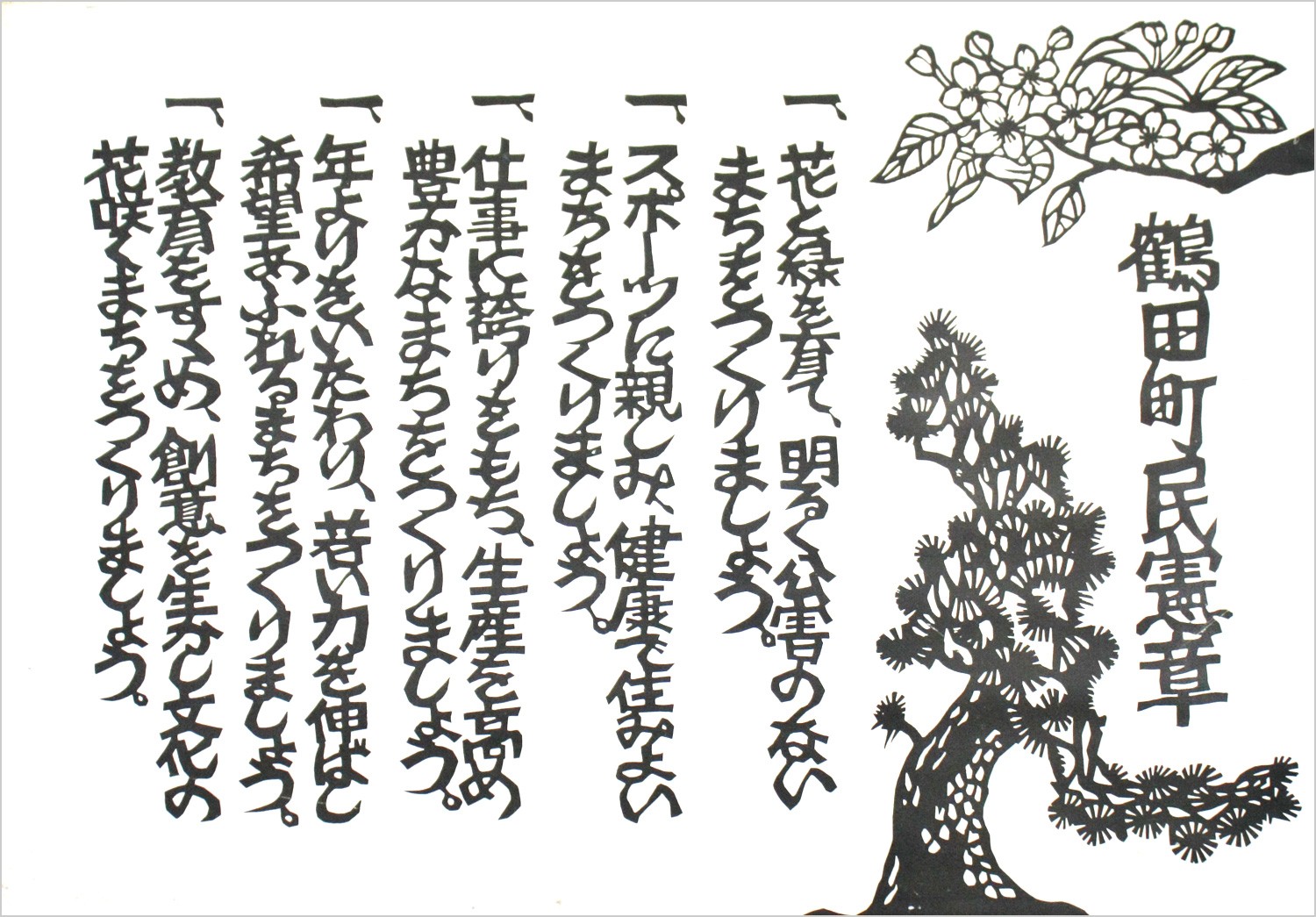
International Cultural Exchange
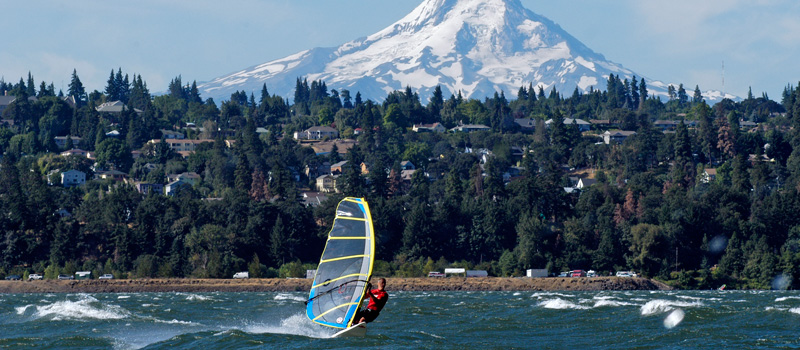 Tsuruta and Hood River, Oregon started the sister-city partnership on July 27, 1977. The partnership celebrated its 35-year anniversary in 2012. It has been providing to citizens in both cities opportunities to experience and explore different cultures.
Tsuruta and Hood River, Oregon started the sister-city partnership on July 27, 1977. The partnership celebrated its 35-year anniversary in 2012. It has been providing to citizens in both cities opportunities to experience and explore different cultures.
At first, Tsuruta-Hood River sister-city partnership started as a government program. Over years, citizens in both cities have become more actively involved in the program, and started to have “person-to-person” relationship rather than “government-to-government” relationship. Tsuruta aims to raise the next generation youth with the slogan, “Tsuru to Kokusai Koryu no Sato (Village of Red-crowned crane and International cultural exchange)”.
Purpose of International cultural exchange
Industry and cultural exchange
Prepare youth for the era of internationalization
Introduce foreign cultures to Tsuruta residents
In 2006, Tsuruta was certified as an English education promoting town as part of the government’s special district for structural reform. Through the reform, English classes are added to the curriculum for all grades in elementary school. Tsuruta is focusing on providing opportunities for elementary school students to become familiar with english language. Middle school students focus more on English grammar. Middle school students aim to pass an appropriate level on the Test in Practical English Proficiency. Tsuruta promotes and encourages youth to be exposed to other cultures and English language.
Sister City:Hood River, Oregon, USA

